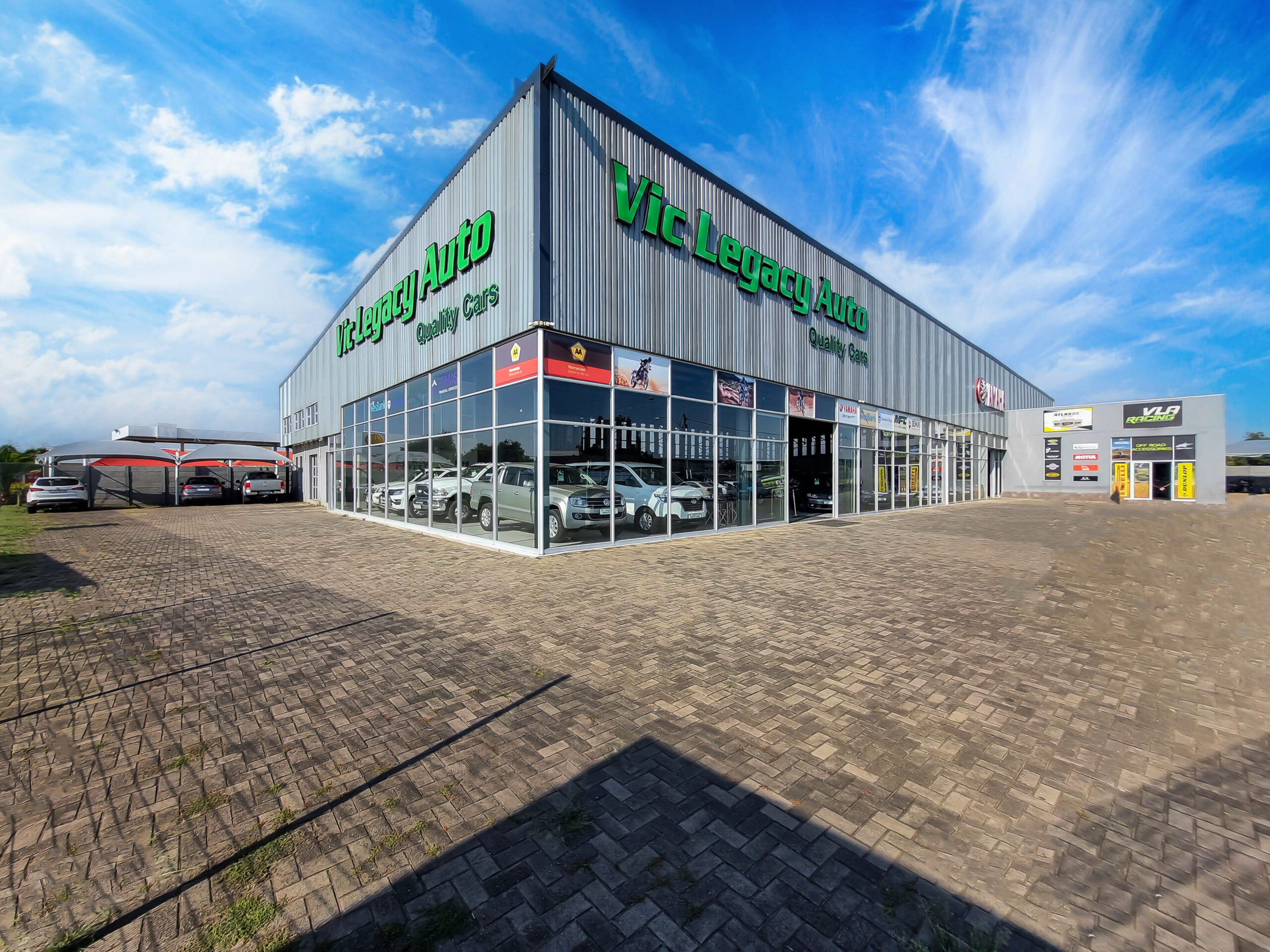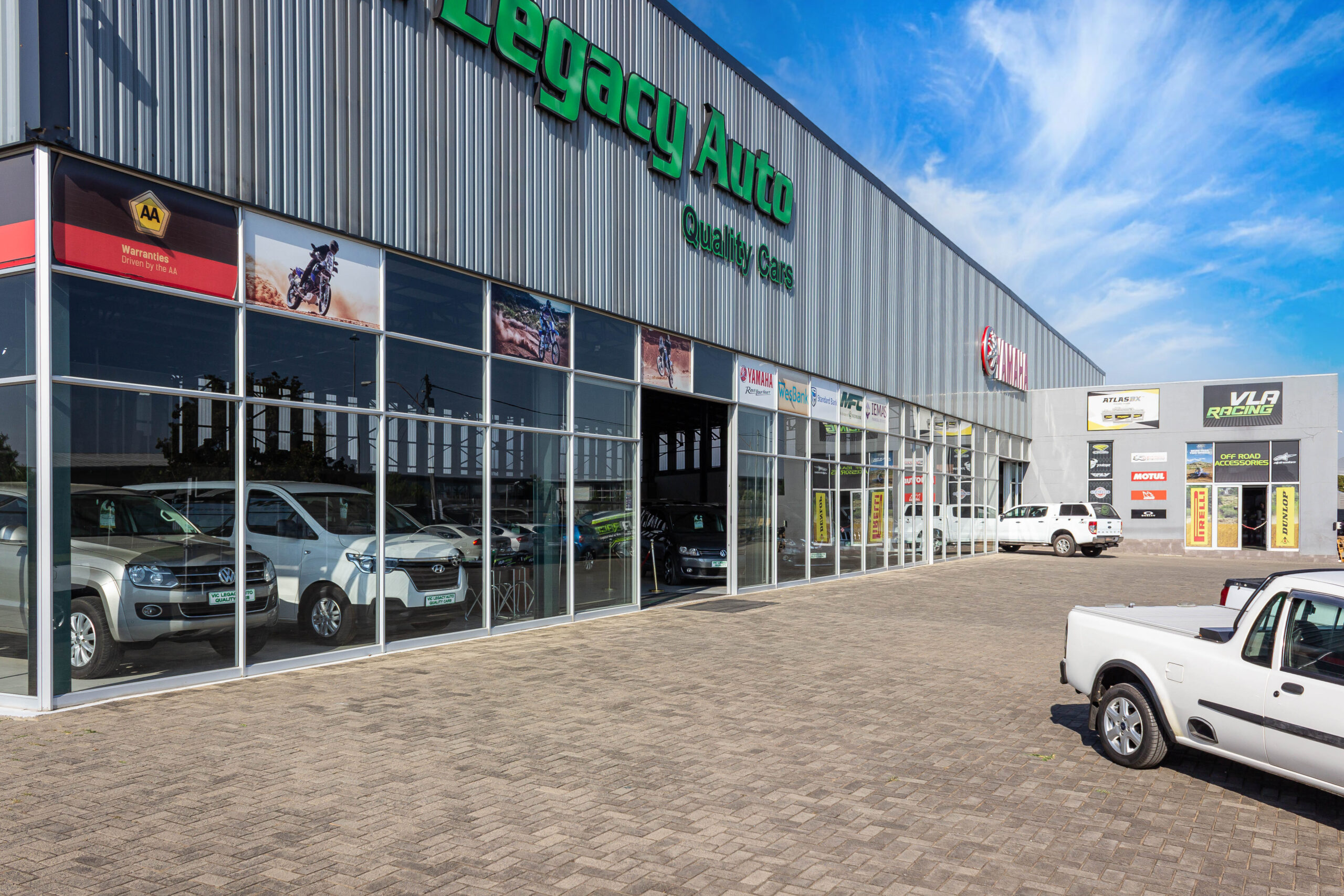- NAZEEM SALOOJEE: +27 83 786 3357
- MUHAMMAD SALOOJEE: +27 72 626 1349
- RESHAD: +27 82 227 4779
- SALIM: +27 84 387 4849


By 1927 replacement demand for new cars was exceeding demand from first-time owners and multiple-car purchasers combined. Given the incomes of the day, automakers could no longer count on an expanding market. Installment sales had been initiated by the makers of moderately priced cars in 1916 to compete with the Model T, and by 1925 about three-quarters of all new cars were bought “on time” through credit.
To meet the challenges of market saturation and technological stagnation, General Motors under the leadership of Alfred P. Sloan, Jr., in the 1920s and 1930s innovated planned obsolescence of product and put a new emphasis on styling, exemplified in the largely cosmetic annual model change—a planned triennial major restyling to coincide with the economics of die life and with annual minor face-liftings in between.
The goal was to make consumers dissatisfied enough to trade in and presumably up to a more expensive new model long before the useful life of their present cars had ended. Sloan’s philosophy was that “the primary object of the corporation … was to make money, not just to make motorcars.” He believed that it was necessary only that GM’s cars be “equal in design to the best of our competitors … it was not necessary to lead in design or to run the risk of untried experiments.” As Sloanism replaced Fordism as the predominant market strategy in the industry, Ford lost the sales lead in the lucrative low-priced field to Chevrolet in 1927 and 1928. By 1936 GM claimed 43 percent of the U.S. market; Ford with 22 percent had fallen to third place behind Chrysler with 25 percent. The automobile industry had played a critical role in producing military vehicles and war matériel in the First World War. During World War II, in addition to turning out several million military vehicles, American automobile manufacturers made some seventy-five essential military items, most of them unrelated to the motor vehicle. These materials had a total value of $29 billion, one-fifth of the nation’s war production. Because the manufacture of vehicles for the civilian market ceased in 1942 and tires and gasoline were severely rationed, motor vehicle travel fell dramatically during the war years. Cars that had been nursed through the Depression long after they were ready to be junked were patched up further, ensuring great pent-up demand for new cars at the war’s end. Engineering in the postwar era was subordinated to the questionable aesthetics of nonfunctional styling at the expense of economy and safety. And quality deteriorated to the point that by the mid-1960s American-made cars were being delivered to retail buyers with an average of twenty-four defects a unit, many of them safety-related. Moreover, the higher unit profits that Detroit made on gas-guzzling “road cruisers” were made at the social costs of increased air pollution and a drain on dwindling world oil reserves.
Vic Legacy Auto is a dealer in quality pre-owned motor vehicles. We pride ourselves in sourcing and stocking the finest pre-owned vehicles.
IMAGINE THE UNIMAGINABLE. IMAGINE THE UNIMAGINABLE. Vic Legacy Auto. Vic Legacy Auto

ABOUT OUR DEALERSHIP
Vic Legacy Auto is a dealer in quality pre-owned motor vehicles. We pride ourselves in sourcing and stocking the finest pre-owned vehicles, but also on offering incomparable customer service and affordability. We exist to attract and maintain customers. When we adhere to this maxim, everything else will fall into place. Vic Legacy Auto has a wide range of motor vehicles, from various type of SUV’s, sedans and sports cars.















